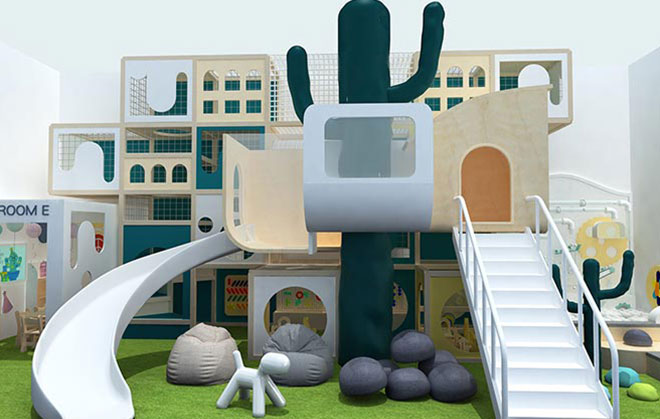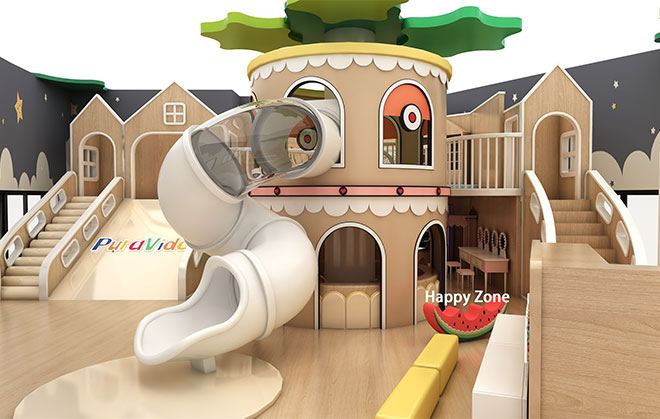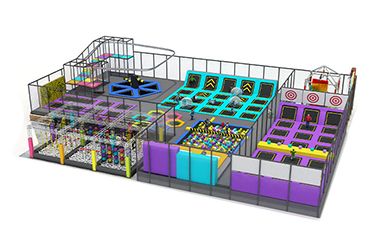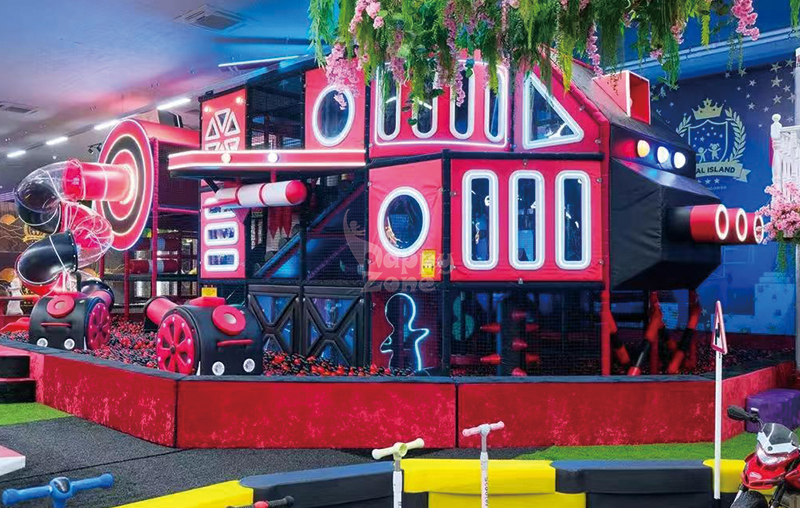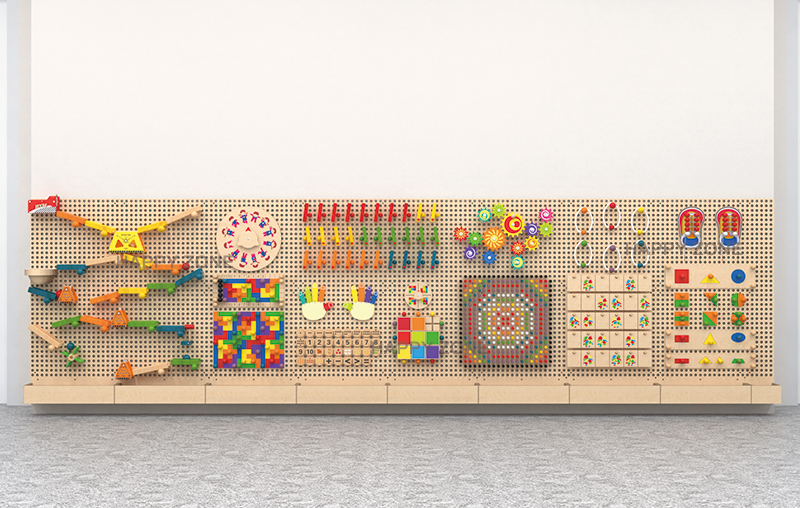Product Catalog
Many parents wonder if Trampoline Parks are a safe, engaging choice for young kids—especially those under 6. With concerns about injuries or age mismatches, it’s key to understand how these spaces can be adapted to fit little ones’needs. This article breaks down the core factors that make family-friendly Trampoline Parks a good fit, using insights from professional playground design and safety standards.
How Do Trampoline Parks Address Safety Concerns for Young Kids?
Safety is the top worry for parents, and reliable Trampoline Parks prioritize designs that lower risks for small children. Two key features stand out:
Soft-Edged Structures and Age-Appropriate Zones
Young kids have less balance and softer bones, so Trampoline Parks focused on families use soft, padded materials for all edges—from trampoline borders to surrounding barriers. These materials align with international safety standards like EN1176 (a benchmark for playground equipment safety) and TÜV Rheinland certifications, which test for durability and impact resistance. Additionally, parks are split into zones: smaller, slower areas for toddlers (with lower bouncing surfaces) and separate spaces for older kids, so little ones don’t get overwhelmed by faster activity.
Supervision-Friendly Layouts
Designs also include clear sightlines—no hidden corners—so parents can easily watch their kids. This layout choice comes from understanding that young children need constant oversight, and Trampoline Parks tailored to families build this into their plans, rather than using complex, hard-to-monitor structures.
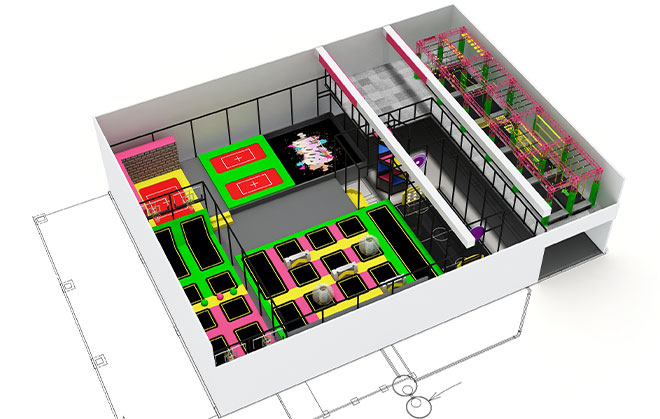
How Do Trampoline Parks Adapt to Different Family Needs?
Families have varying space and budget needs, and flexible design is key to making Trampoline Parks accessible for different scenarios.
Flexible Design for Small and Large Spaces
Whether a family visits a standalone Trampoline Park or a smaller one in a community center, the design can be scaled. For example, smaller spaces might have 1-2 toddler zones with basic bouncing and a few play elements, while larger parks add more zones but keep each area manageable. This flexibility comes from custom design options—like adjusting zone sizes or choosing compact, multi-use equipment—that fit different locations.
Inclusive Features for All Young Kids
Trampoline Parks for families also consider kids with varying abilities. This means wider pathways for strollers, non-slip surfaces for kids who are still learning to walk, and low-impact activities that let all kids join in—no one is left out.
Conclusion
Trampoline Parks can be a great choice for families with young kids, thanks to safety-focused designs, play-and-learn elements, and flexible layouts that fit little ones’ needs. These features aren’t random—they come from understanding how kids grow and what parents value most.
If you’re interested in exploring how family-friendly Trampoline Parks (or other playground solutions) are designed to keep young kids safe and engaged, you can learn more about tailored playground options on our product page—where we focus on creating spaces that work for families and their little ones.









